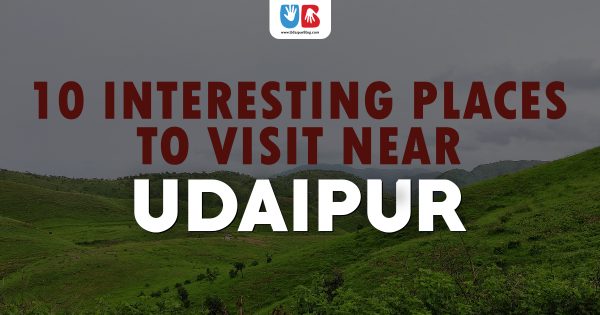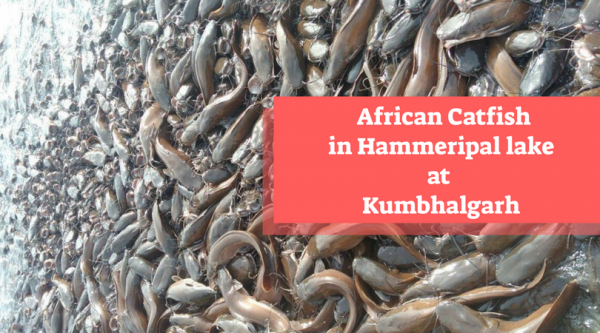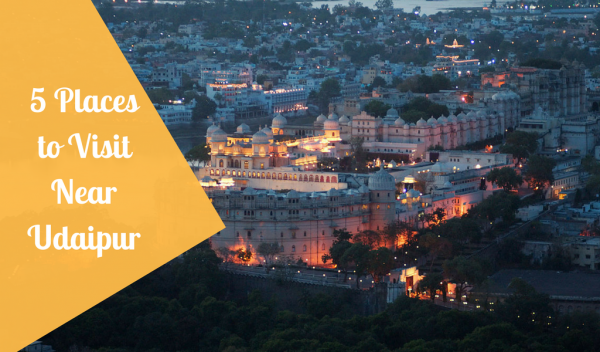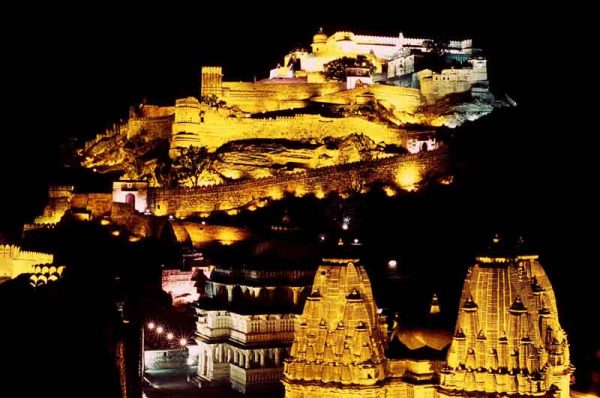Posted inPlaces to Visit
10 Interesting Places to Visit Near Udaipur
Done watching the lakes and palaces of Udaipur? Depending on how much time you have, there are various destinations to explore around Udaipur that make fantastic day expeditions. Here are…




![A day like a Tourist [Part 1] : Destination Kumbhalgarh](https://udaipurblog.com/wp-content/uploads/2011/09/2011-07-16-11.10.151.jpg)